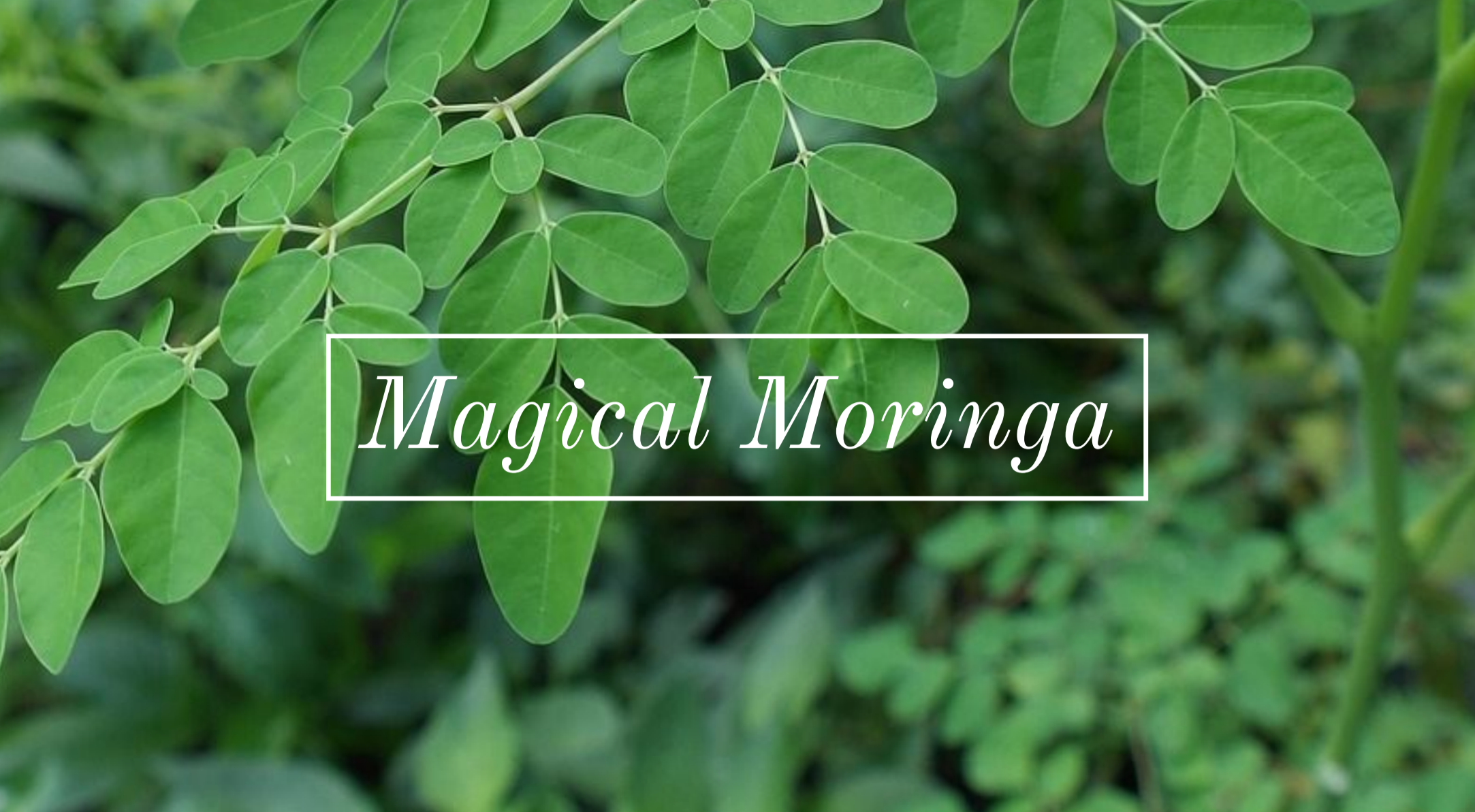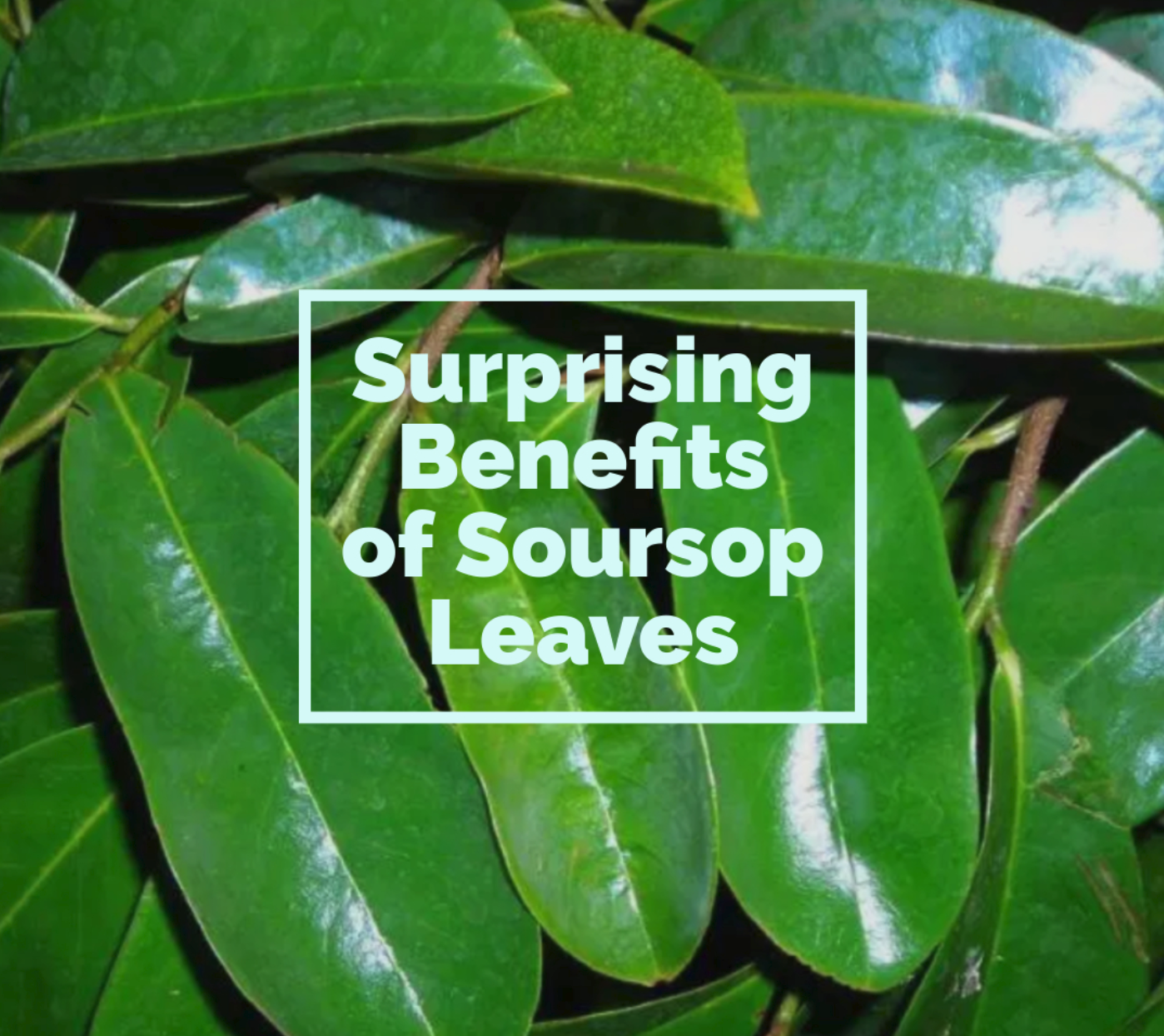
Moringa is known as the Miracle Tree
Moringa has been an Asian staple for centuries, and it recently has created quite a buzz in the health food scene. For those of you not in the tropics then powdered moringa oleifera is how you are going to find it. For those of us who are lucky enough to grow it, we have a lot more options.
Moringa is a fast-growing and drought-tolerant tree, and the whole plant can be utilized. Moringa leaves can be eaten fresh, dried, or cooked, moringa seeds are obtained from the pods of the tree they can be steamed, boiled or roasted. The flowers make a nice tea and can be added to a salad or fried as a treat. The bark and roots have high antibiotic properties but can be dangerous if used incorrectly.

Moringa leaves are full of vitamins and minerals such as:
- Calcium
- Iron
- Vitamin A, B1, B2, B3, B-6 & C
- Folate
- Potassium
- Magnesium
It also contains all nine essential amino acids, making it a source of complete protein. Very impressive!
How to harvest
Don’t just pluck off the leaves, its best to harvest the whole branch with a machete. If you just harvest the leaves your tree will be tall and thin, ideally the moringa should be short and bushy. The branch cutting can be rooted and will become another tree.
I like using moringa in Soups and stir fry’s and that involves laboriously plucking the leaves from the stems. A quick and delicious option is creating a moringa pesto, then all the smaller stems are blended. My family loves it and it makes me feel full power!
Malunggay Pesto
INGREDIENTS
- 2 cups moringa
- 1/2 cup olive oil
- 1/2 teaspoon salt
- 1 clove garlic
- juice of one lemon
- 1/2 cup walnuts and pumpkin seeds,
INSTRUCTIONS
- Pluck leaves off moringa branch and rinse with boiled water. I feel this takes some of the “spice” taste from the leaves. (Sometimes I throw a couple of leaves of Kale or Collards in.)
- Pulse the moringa, olive oil, salt, garlic, and lemon juice in a food processor or blender until smooth.
- Add the walnuts/ pumpkin seeds and pulse until ground to desired consistency.
- Serve with fried Ulu, cucumber slices, salads, chips or whatever strikes your fancy.
- This freezes well and I normally double the recipe so I can stash some in the deep cooler.


